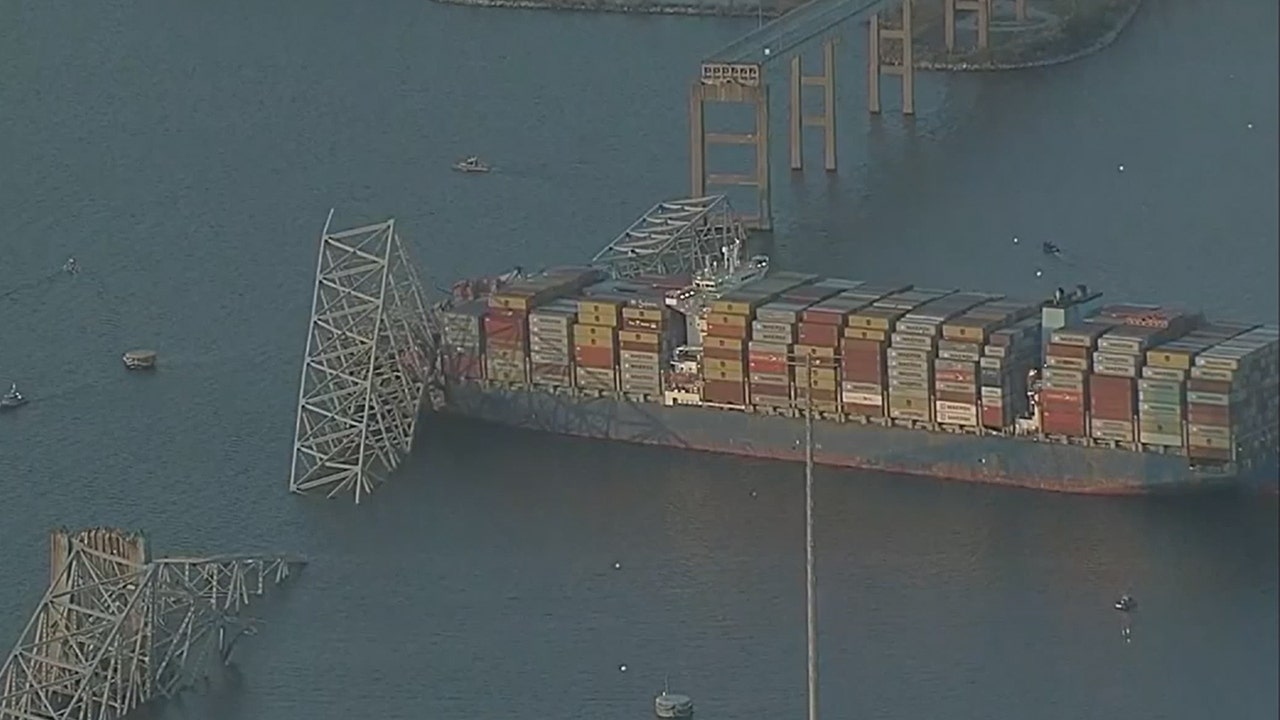Admiral Rockwell Tory
Diamond Member
Emergency generators usually supply electrical power to vital systems. It is obvious their system did not work as it went dark a second time.Do we Know that the engines never came back on? Is that confirmed by those on board . I would think emergency back up includes more than lights?




